Spring 2023 Courses
100 Level Courses
HI 111P Latin American History: An Introduction
Jordana Dym | 4 credits
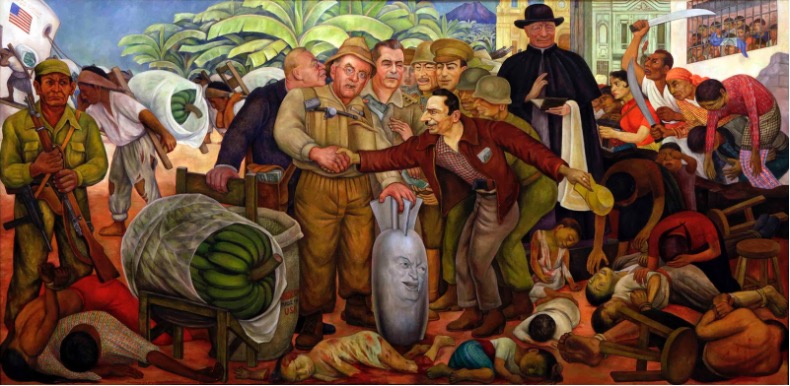
An introduction to the economic, political, social, and intellectual history of Latin America. Students will explore the geograpahy and peoples that forged Latin American society from initial encounters among Europeans, Africans, and Native Americans to contemporary global migrations. We study the political, economic, and social challenges of early nation-state formation in a multicultural context, consider key twentieth century themes of industrialization, revolution, U.S.-Latin American relations, and intellectual trends, and conclude by asking how these many pasts affect the present and future.
Note(s): Fulfills Cultural Diversity requirement and Social Sciences requirements.
HI 126 From Revolution to Civil War
Eric Morser | 3 credits
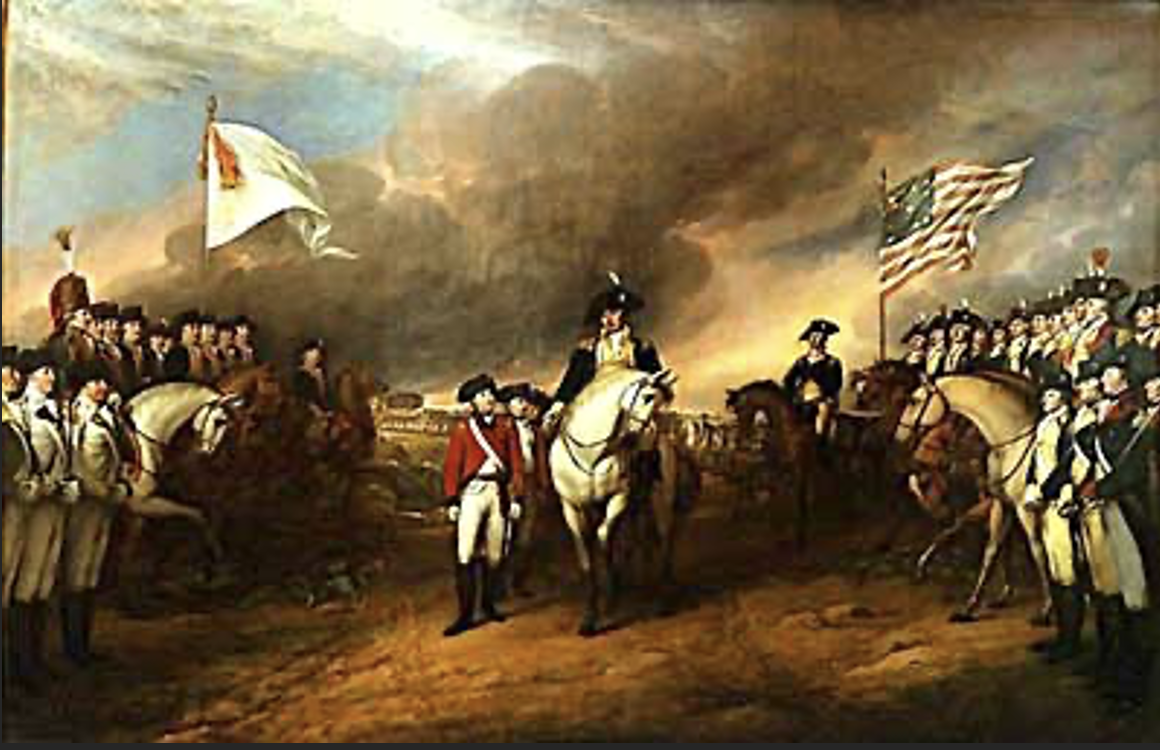
A grand tour of United States history from the American Revolution to the Civil War. Students investigate the challenge of nation building, the contested rise of American democracy, the economic transformation of the United States, battles to control the western frontier, and the growing conflict over slavery that eventually tore the national part.
Note(s): Fulfills Social Sciences requirements.
HI 144 East Asian Civilization: Traditions and Transformations
Dylan Ellefson | 3 credits
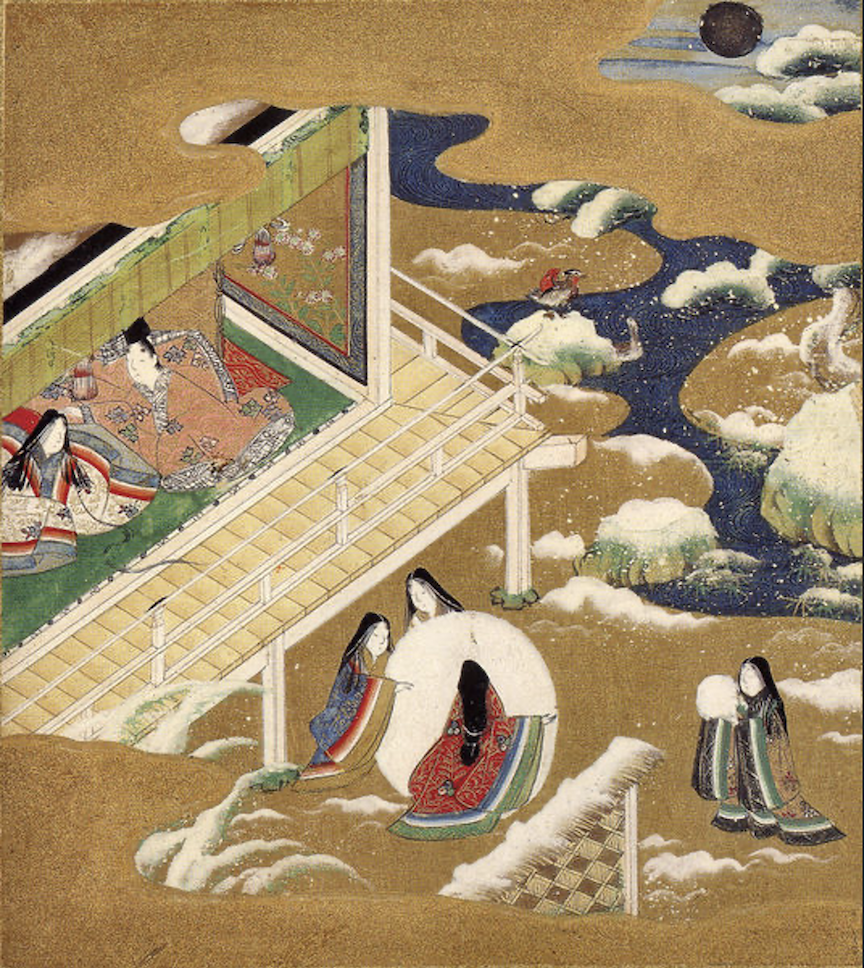
An introductory survey of East Asia (China, Japan, Korea) from its earliest history to the end of the Mongol empire in the 1300s. Students will explore the formation of Confucianism as an ideology, the changes in social and political institutions across East Asia, ideas and practices concerning gender and the family, religion and beliefs of elites and ordinary people, and intercultural exchanges and conflicts within East Asia.
Note(s): Fulfills Non-Western Culture and Social Sciences requirements. Fulfills Humanistic Inquiry and Global Cultural Perspective.
HI 145 Making of the Modern Middle East
Murat C. Yildiz | 3 credits
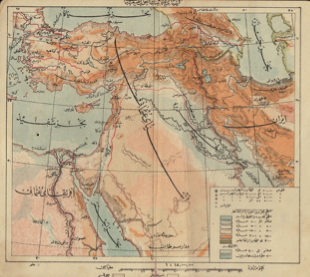
An exploration of the political, economic, social, and cultural history of the modern Middle East in a global and comparative historical context. Students will examine the reorganizatiion of state-society relations, the creation of modern government institutions, the construction of new social and political conceptualizations, and the state's growing involvement in the politics of population management in the Ottoman Empire and Qajar Iran. Students will also explore the processes and practices that were central to the production of the Middle East as both a physical place as well as a discursive concept.
Note(s): Fulfills Non-Western Culture and Social Sciences requirements. Fulfills Humanistic Inquiry and Global Cultural Perspective.
HI 151 Japanese Cultural History
Dylan Ellefson | 3 credits
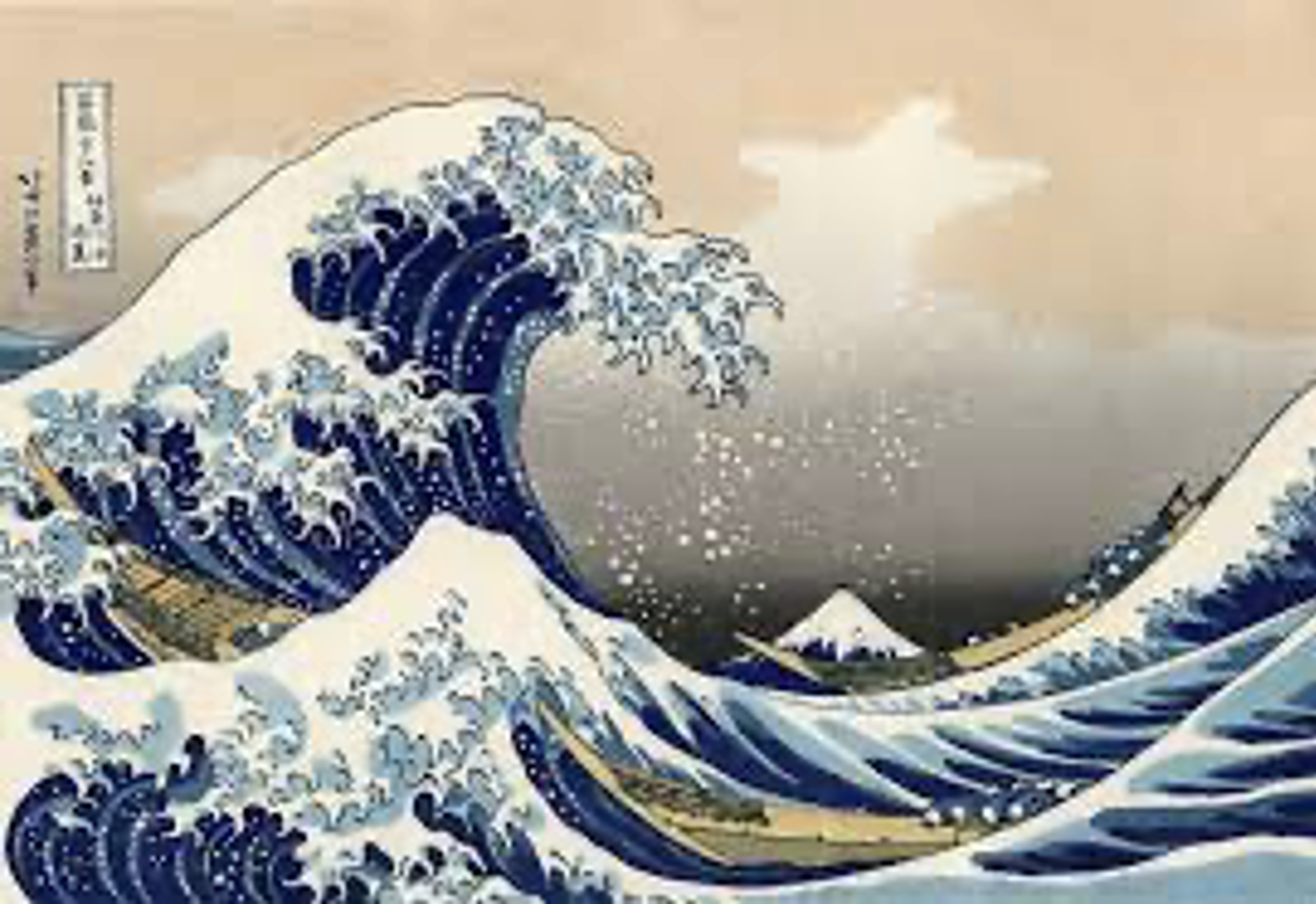
This course provides a survey of Japanese cultural history from classical and medieval literary and dramatic expressions of a Buddhist worldview, to the early modern popular culture associated with the urban commoners in the Tokugawa period, to distinctly modern cultural forms like the novel, short story, cinema, television, anime, and manga. We will read textual, material cultural, and visual culture sources to gain some understanding of their historical moment and their lasting relevance. Yet while we will be concerned primarily with understanding the meaning and relevance of these texts in the immediate Japanese historical context of these artifacts, we will also consider their universal value, including how they can shed light on broader regional and even global historical and cultural developments.
HI 151P Revolution and Nationalism
Matthew Hockenos | 4 credits
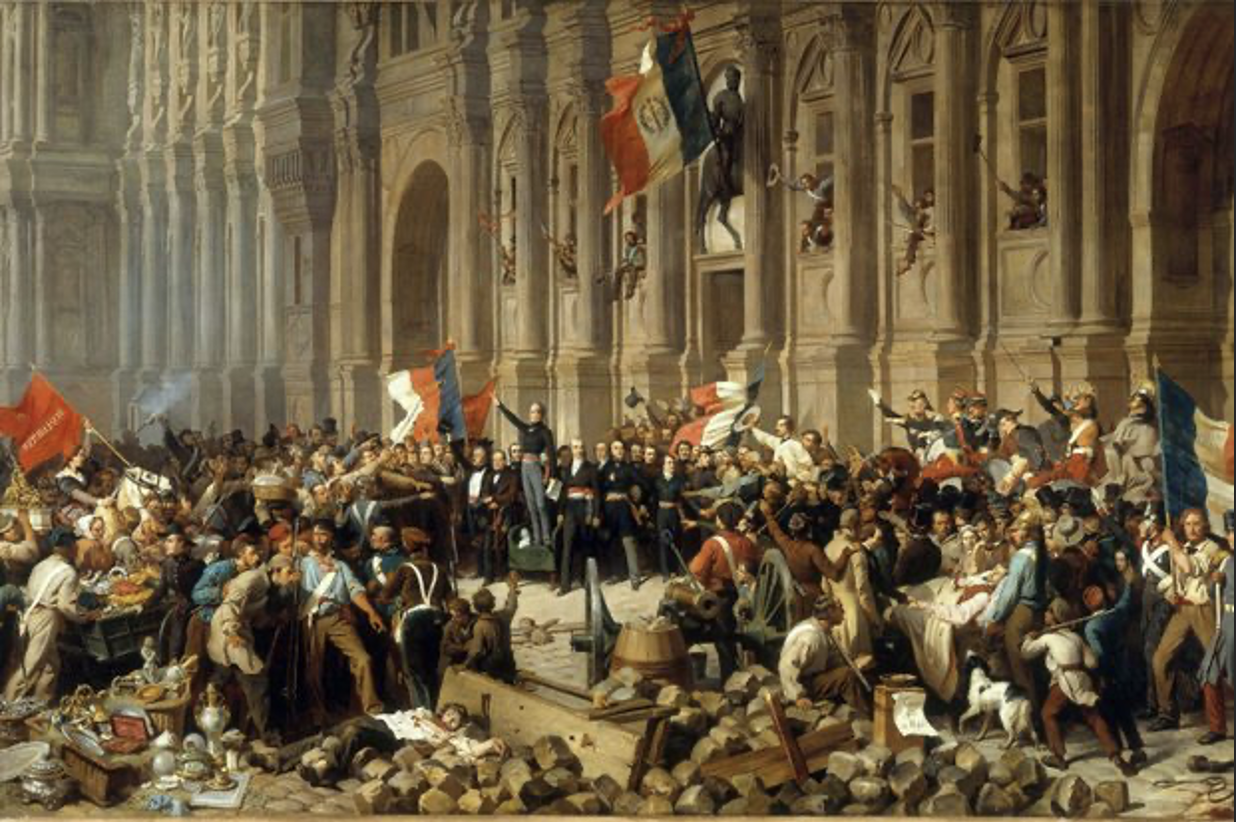 The so-called "long nineteenth century" (1789-1918) was a period of revolution and
nationalism in Europe. For much of the century revolutionaries and nationalists joined
forced to fight for greater freedoms, challenge imperial rule, and demand their own
nation-states. By the last quarter of the nineteenth-century, however, the politics
of nationalists had changed significantly, moving from the political left to the political
right. Revolution and nationalism were de-coupled. Left-wing revolutionaries and right-wing
nationalists were in a near state of war by the end of the nineteenth century. This
course will explore the reason for the transformation of nationalism from a movement
for greater freedoms and liberties to a movement for national superiories – marked
by anti-Semitism, xenophobia, and authoritarian rule. We also examine the changing
politics of revolutionaries from the French revolution in 1789 to the Russian revolution
of 1917.
The so-called "long nineteenth century" (1789-1918) was a period of revolution and
nationalism in Europe. For much of the century revolutionaries and nationalists joined
forced to fight for greater freedoms, challenge imperial rule, and demand their own
nation-states. By the last quarter of the nineteenth-century, however, the politics
of nationalists had changed significantly, moving from the political left to the political
right. Revolution and nationalism were de-coupled. Left-wing revolutionaries and right-wing
nationalists were in a near state of war by the end of the nineteenth century. This
course will explore the reason for the transformation of nationalism from a movement
for greater freedoms and liberties to a movement for national superiories – marked
by anti-Semitism, xenophobia, and authoritarian rule. We also examine the changing
politics of revolutionaries from the French revolution in 1789 to the Russian revolution
of 1917.
200 Level Courses
HI 226P African American History
Jennifer Delton | 4 credits
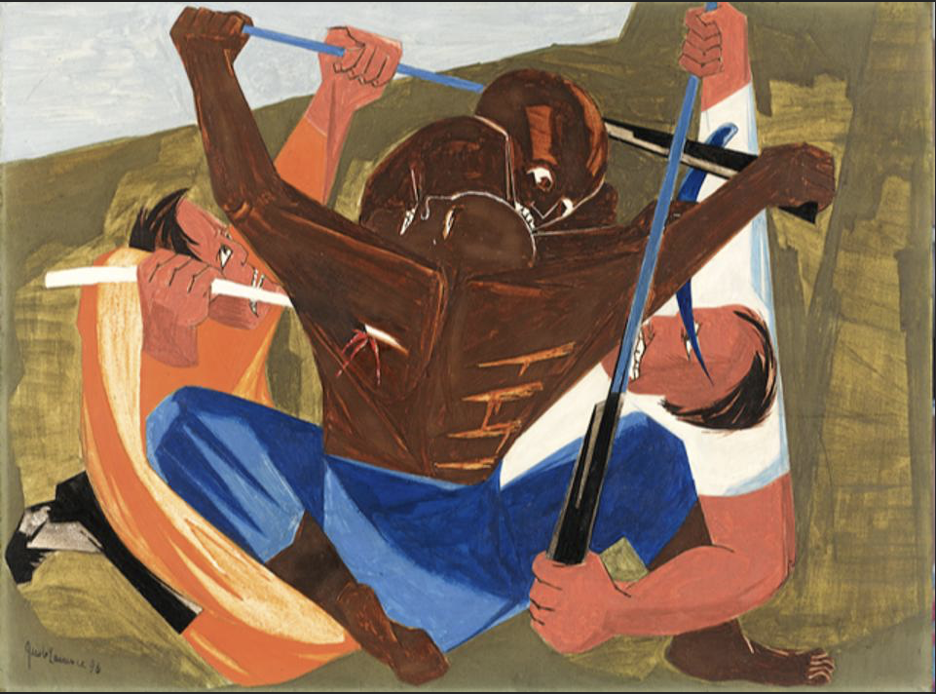
Explores how Black Americans shaped their own history and world in a white-dominated society, while at the same time reshaping U.S. history. It is based on the voices, writings, and media productions of African American scholars, activists, and ordinary citizens. The course pays attention to the diversity of perspectives, identities, and experiences within African American populations in the U.S.
HI 243 Leisure, Pleasure, and Serious Fun in the Middle East
Murat C. Yildiz | 3 credits
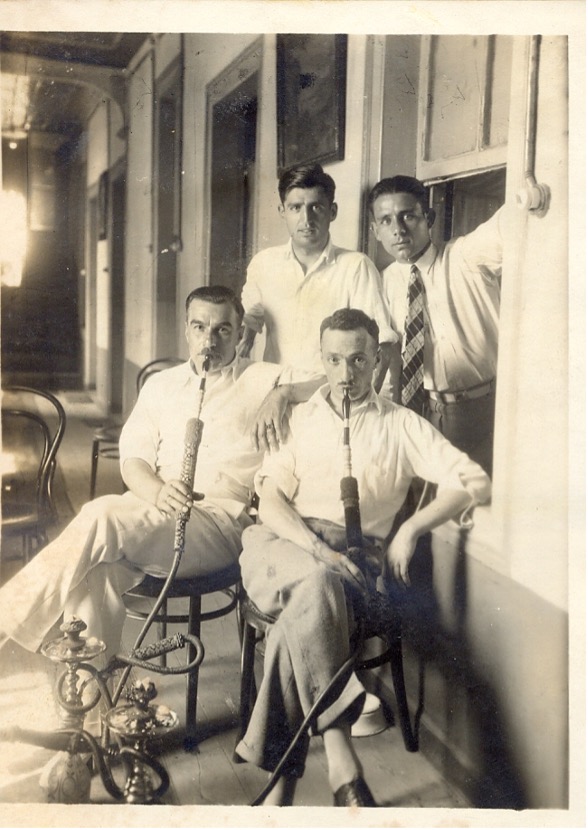
The nineteenth and twentiest centuries were periods in which men and women of the Middle East developed new notions of time, carved out larger spaces for themselves in the expanding public sphere, created nevel activities, and experimented with different mood – and mind-molding substances. Through close readings of secondary and primary sources (including photographs, films, novels, and memoirs), we will examine a number of urban transformations related to leisure and pleasure, including: drugs, tobacco, coffee houses, reading rooms, alcohol, prostitution, public transportation, vernacular photographs, and sports. By creating new narratives around leisure activities, pleasure, and fun, students are able to cultivate a more textured and multidimensional understanding of the making of modernity in the Middle East.
HI 249P The Vietnam War
Jennifer Delton | 4 credits
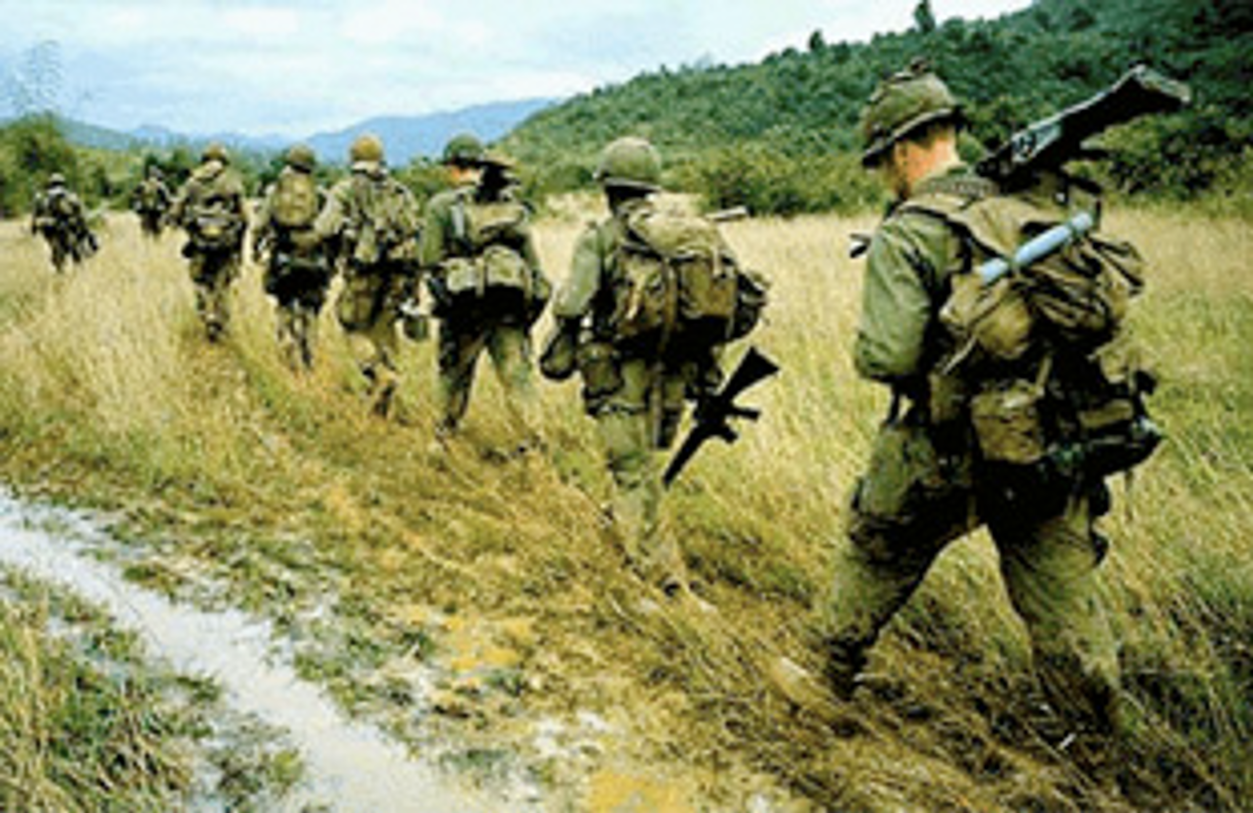
The Vietnam War (1945-75) was one of the most divisive episodes in American history. It did not begin that way, however. Unlike previous U.S. wars, the Vietnam War initially had the full support of the American people and Congress. What went wrong? Had the public been misled? Had American leaders overreached? Had cultural unrest transformed American purpose? And what were the lasting effects? How did the war change America's role in the world? How did it change Americans' views of their nation? How do we currently explain what happened? How did the war look from the perspective of the Vietnamese? This course will examine the political, military, and cultural aspects of the U.S. involvement in Vietname from 1945 to 1975, as well as the war's legacy since. The fourth credit hour will consits of an oral history project.
HI 266P American Environmental History
Eric Morser | 4 credits
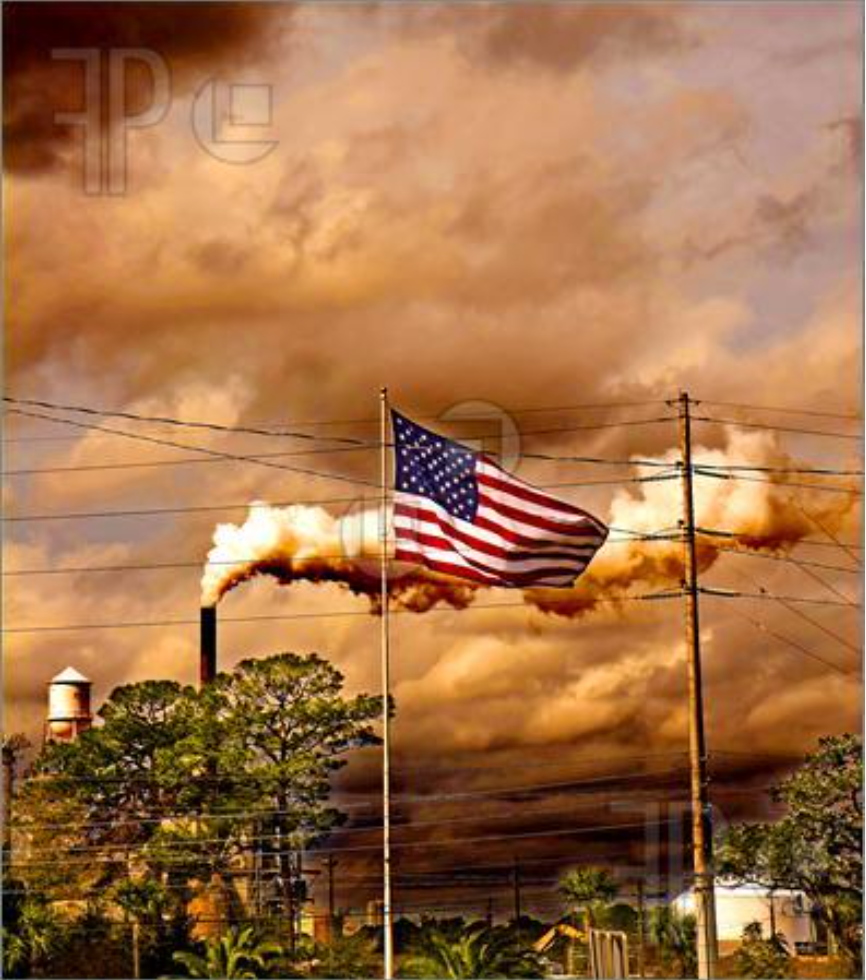
An exploration of American environmental history from pre-colonial times through the modern era. Students will investigate how the different landscapes and ecologies of North Americ shaped the continent's history, the links between industrialization and the environment, economic and political struggles for control fo natural resources, the rise of modern consumer culture, and changing American perceptions of nature.
Note(s): Fulfills Social Sciences requirement.
HI 275 Introduction to the History Major
Jennifer Delton | 1 credit
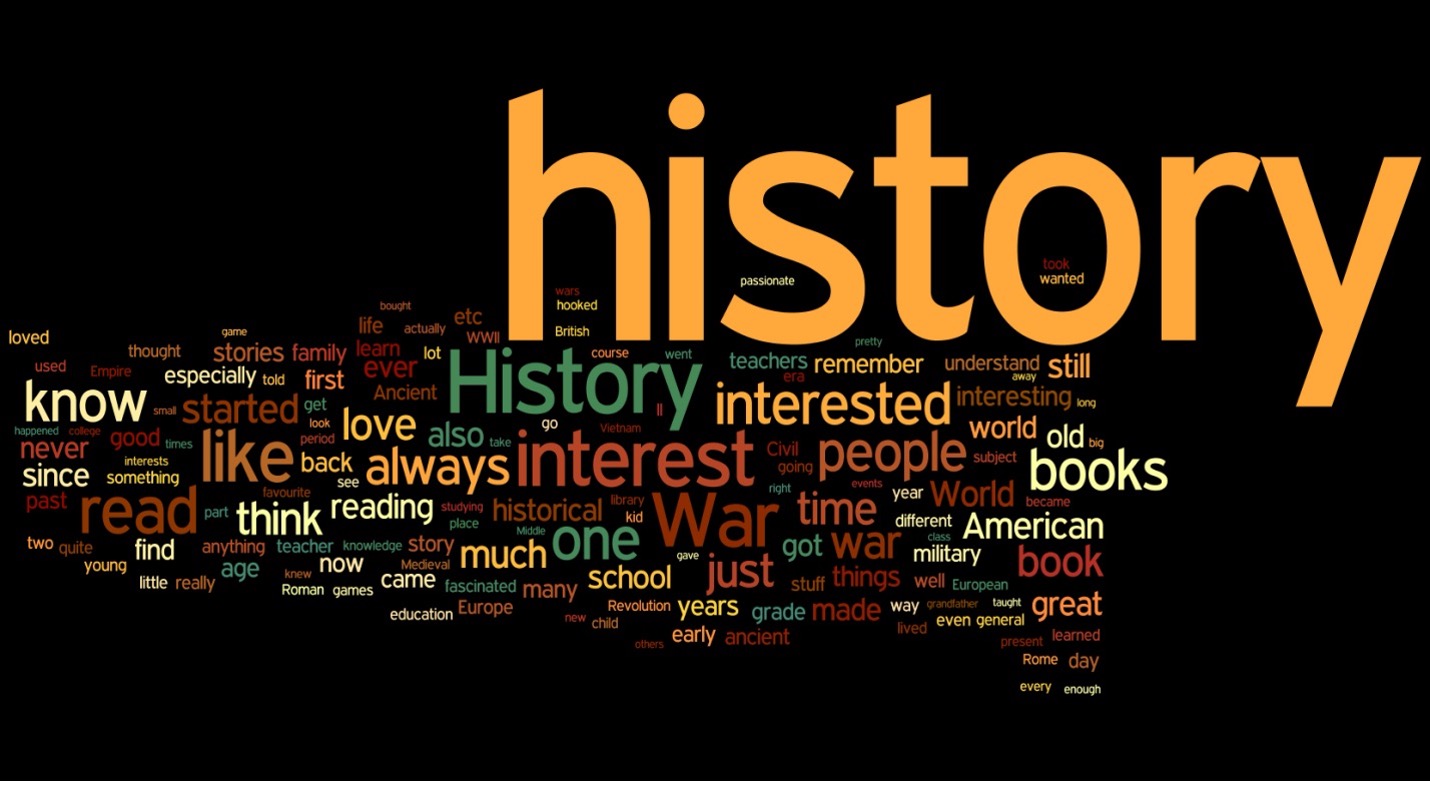
An introduction to the aims of the history major.
Note(s): A prerequisite for the Colloquium. Required for all majors and interdepartmental majors, to be taken in the sophomore or junior years. Open to non-majors with permission of instructor.
300 level courses
HI 317R British Legal History: From Magna Carta to Colonial Conquest
Tillman Nechtman | 4 credits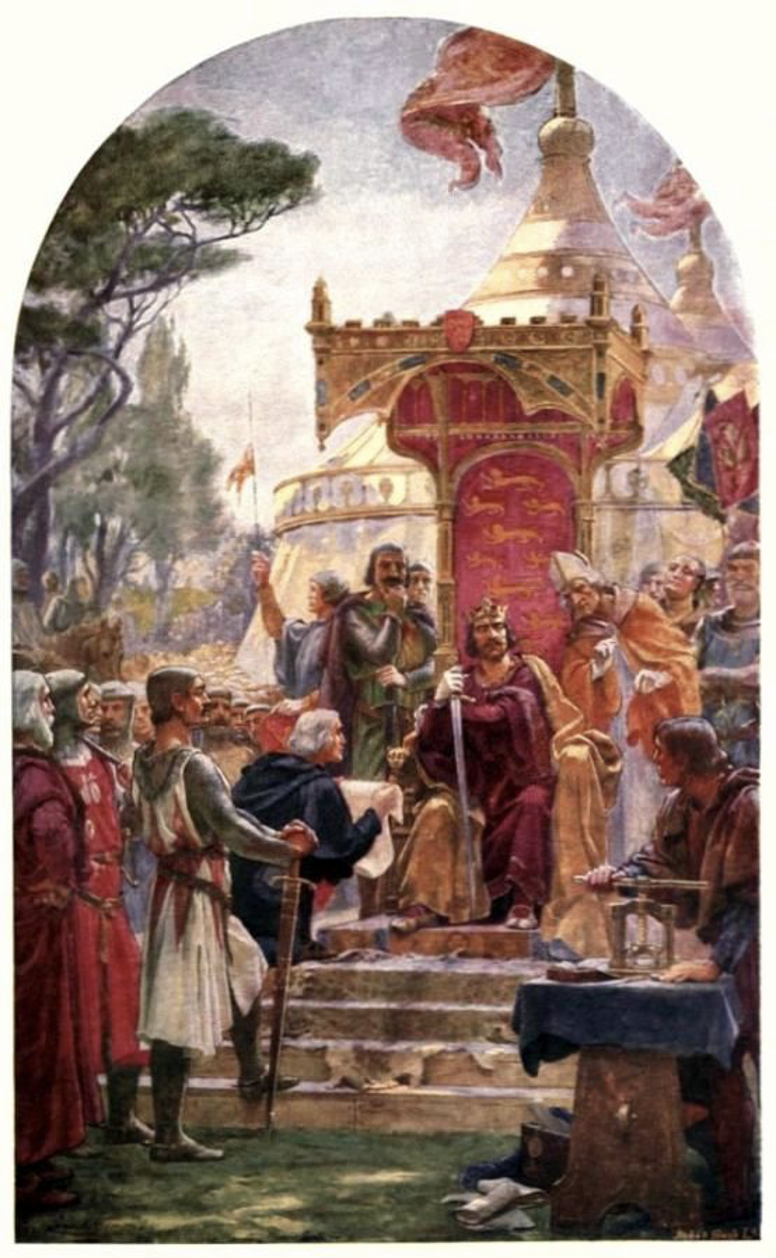
An exploration of the history of English Common Law begins with a close investigation of the early history of Common Law, focusing on such issues as the origins of the jury trial, the legacy of the Magna Carta and the Bill of Rights, and the structures of the early English legal system, including primary source readings from trail law and important cases in British legal history. Continues with an exploration of the impact of the Common Law throughout the British Empire, which proved to be a contested space in which English legal traditions were faced with indigenous customs. Investigates the hybrid legal structures that were born of this legal cross-fertilization and the lasting legal legacies of Britain's imperial history both within colonized communities and Britain itself.
HI 345P The Body in Middle East History
Murat C. Yildiz | 4 credits
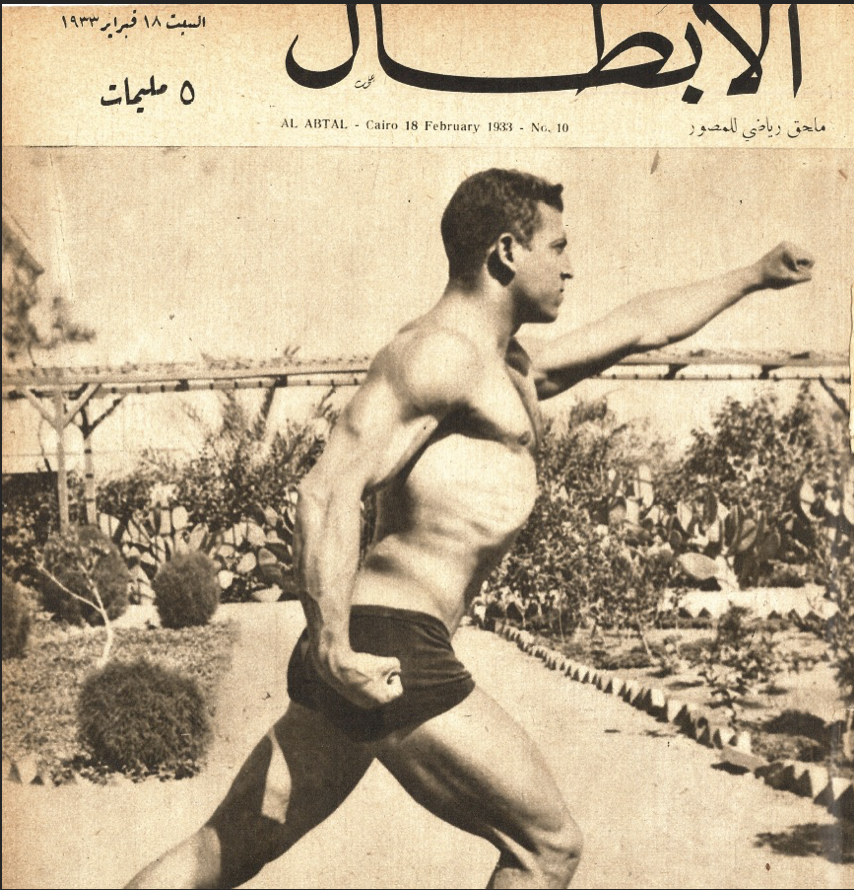
The course will focus on the ways in which the Middle East's experience during the modern period featured important shifts in understandings and practices of the body. Students will consider how modern institutions, like schools, the army, the hospital, civic organizations, and the press, played a transformative role in creating, inculcating, and spreading radically reconfigured understandings of the body throughout the modern Middle East.
HI 351C Beware the Ides of March
Michael Arnush | 3 credits
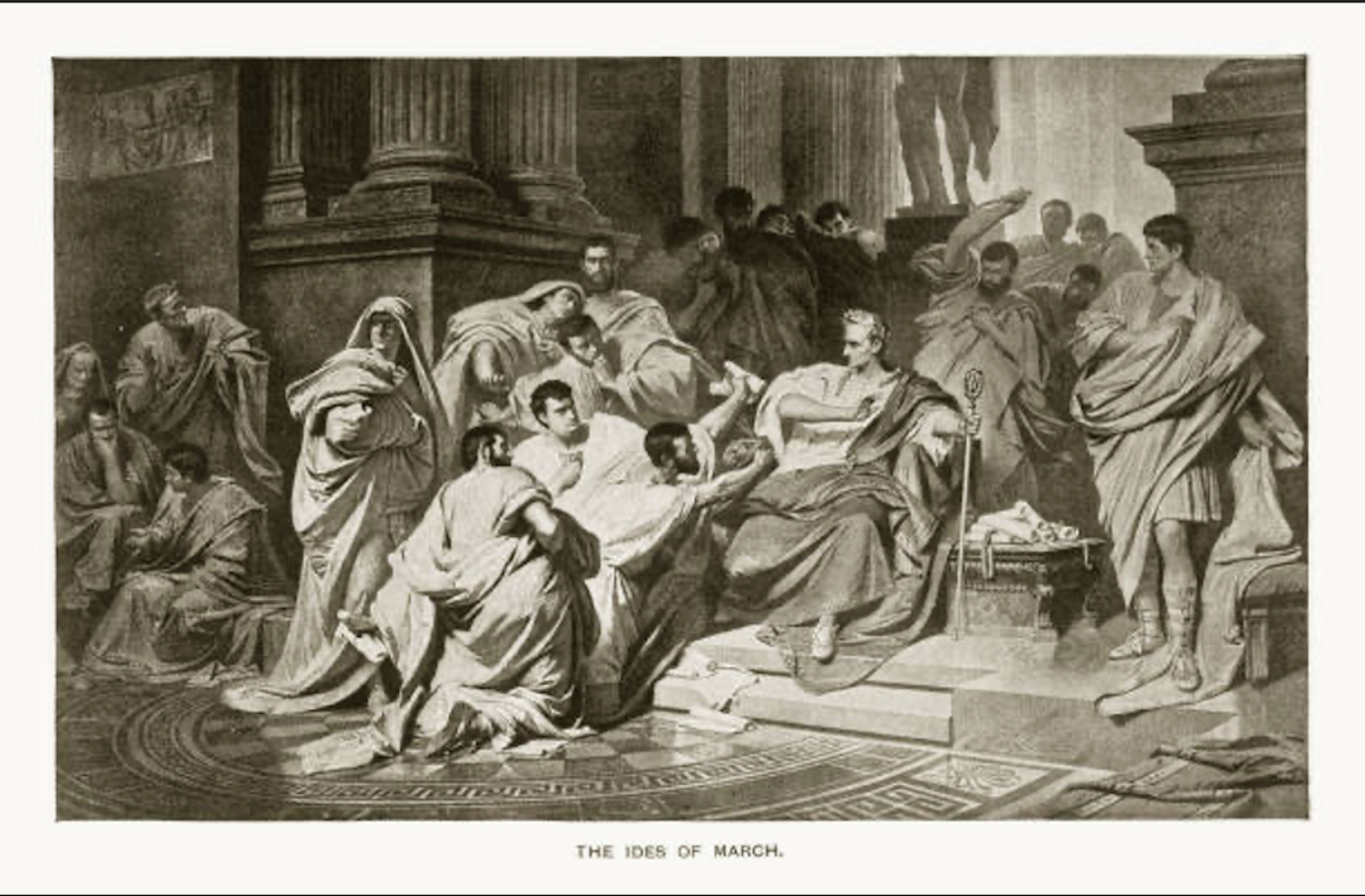
Caesar is dead, lying in a heap in his blood-soaked toga. The conspiracy of Senators brought to an end his dictatorship in a bloody, violent coup. Now you, members of the Roman Senate, the preeminent authoriey in the empire, must decide what to do. Re-establish the Republic? Yield to further one-man rule? Descend into anarchy? During this semester-long RPG you will assume the role of a real Roman senator and will engage in debate, in scheming, in deceit, in coercion – or in fidelity to the government, in principled decision-making, in honesty, in virtue – as you determine the fate of an empire that spands the Mediterranean and beyond.
HI 351C The History of Small Things
Tillman Nechtman and Erica Bastress-Dukehart | 3 credits
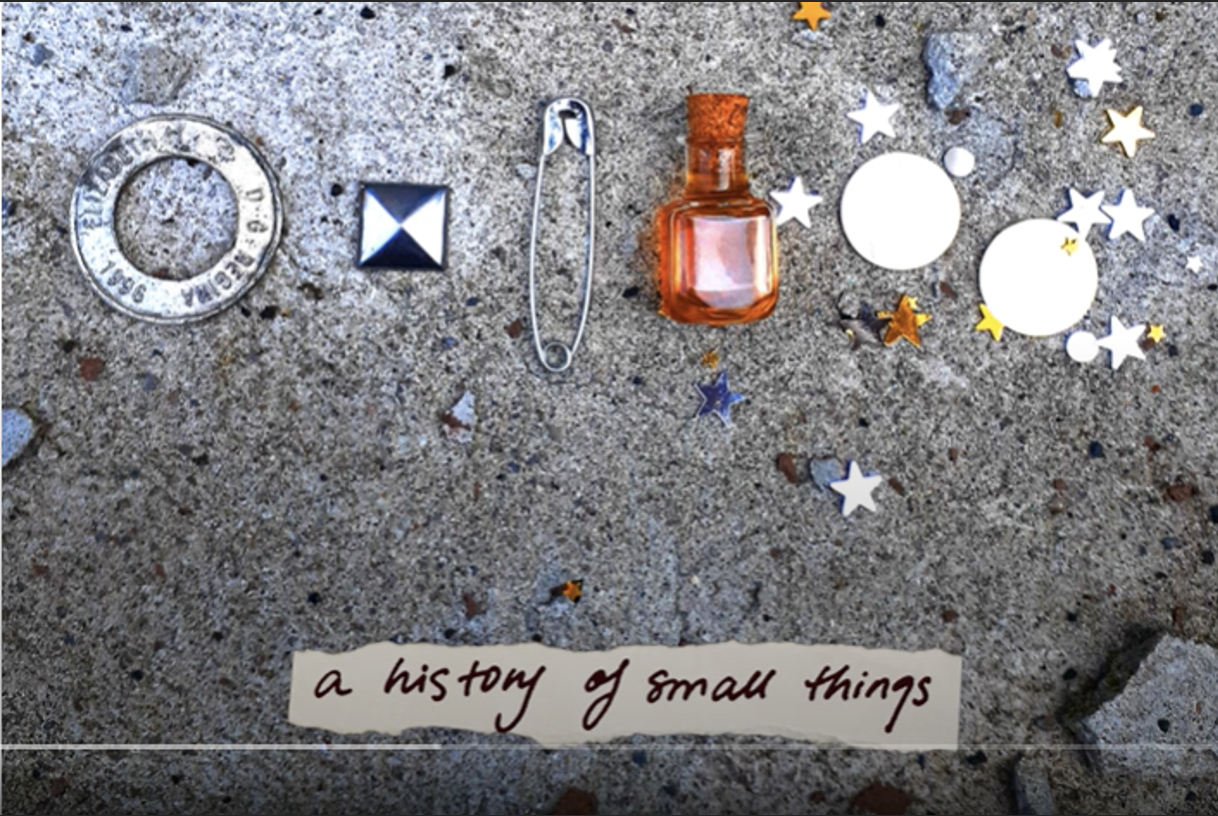
"Material Life is made up of people and things." Fernand Braudel, The Structures of Everyday Life
Every object has a story from buttons to shoes, pineapples to pizza, stained glass to cities. Material cultures, or what historian Fernand Braudel called material civilizations, can tell us as much, or perhaps more, about societies than wars, economic rise and decline, or the vagaries of politics.
But, how does a historian study such tiny things without being accused of writing meaningless and antiquarian stories? How do we get from the small to a broader historical narrative that tells a meaningful story from and about the past?
In this course, we will study the small things that make up the structures of everyday life. We will read some of the best-known and successful micro-histories and recount small histories about small things that tell big stories. Students in the course will write their own micro-histories as we explore the various ways that historians tell stories about common things.
HI 351D "Cold War Berlin"
Matthew Hockenos | 4 credits
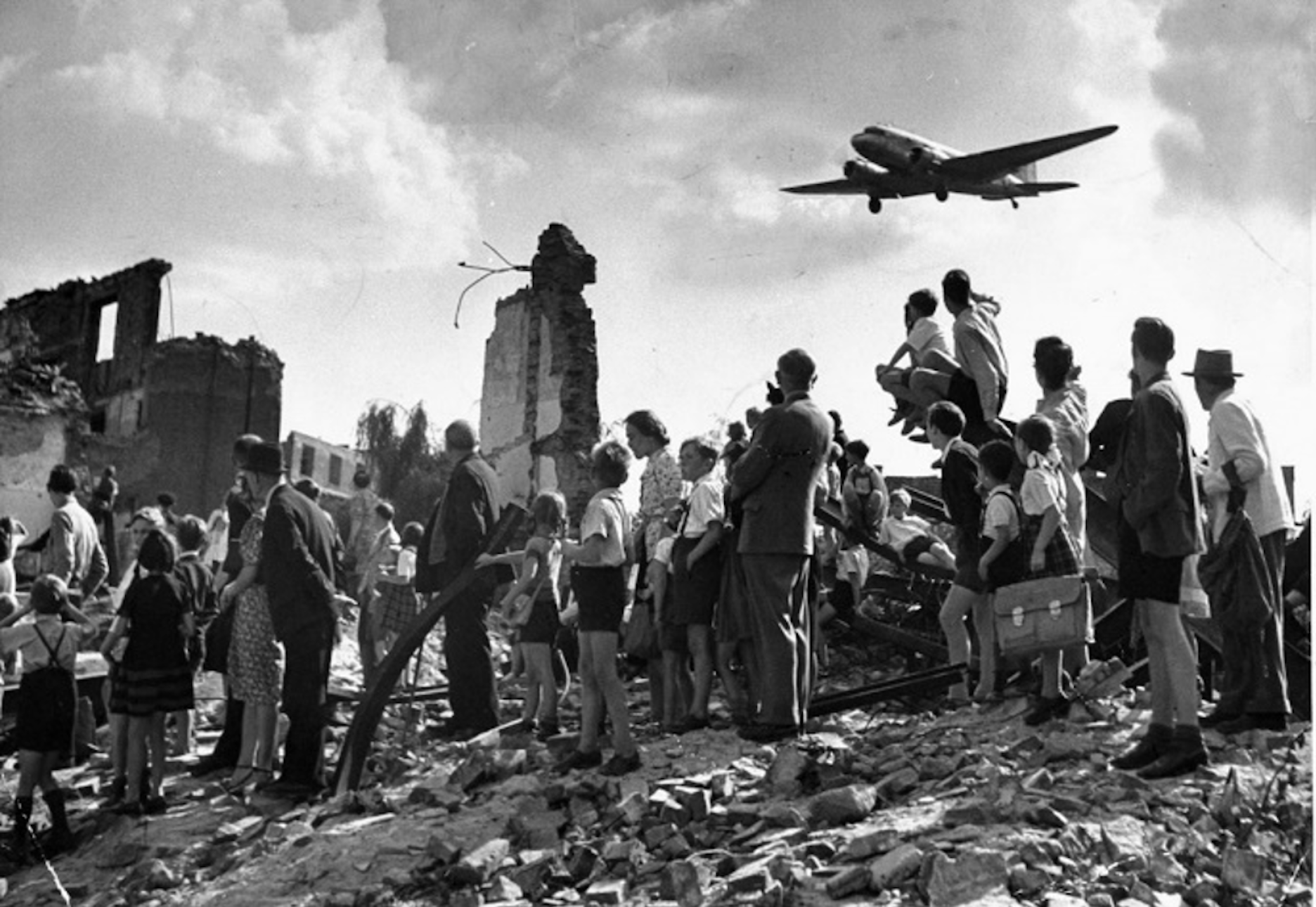
This course examines the history of divided Berlin during the Cold War. Topics include: the brutal Soviet invasion of Berline; the emergence of the Cold War and the division of the city; the 1948 Soviet blockage of West Berlin and the American and British airlift of food and fuel to West Berliners; the quashing of the 1953 workers' uprising in the East Berlin by Soviet tanks; the building of the Berlin Wall in 1961; attempts (often fatal) to subvert the wall; the women's movement on both sides of the wall; dissent and resistance in East and West Berline; sex and sexuality in the socialist state; Stasi surveillance of East Berliners; and finally, the fall of the Berlin Wall in 1989 and the reunification of Berlin and the rest of Germany in 1990. Special attention will be given to the emergence of two distinct cultures in East and West Berline, including easting habit; sex life; gener relations; youth movements; religion life; film, music, theatre, and literature; and attitudes toward the Nazi past and the Holocaust.
HI351D Japanese Film History (Research)
Dylan Ellefson | 4 credit
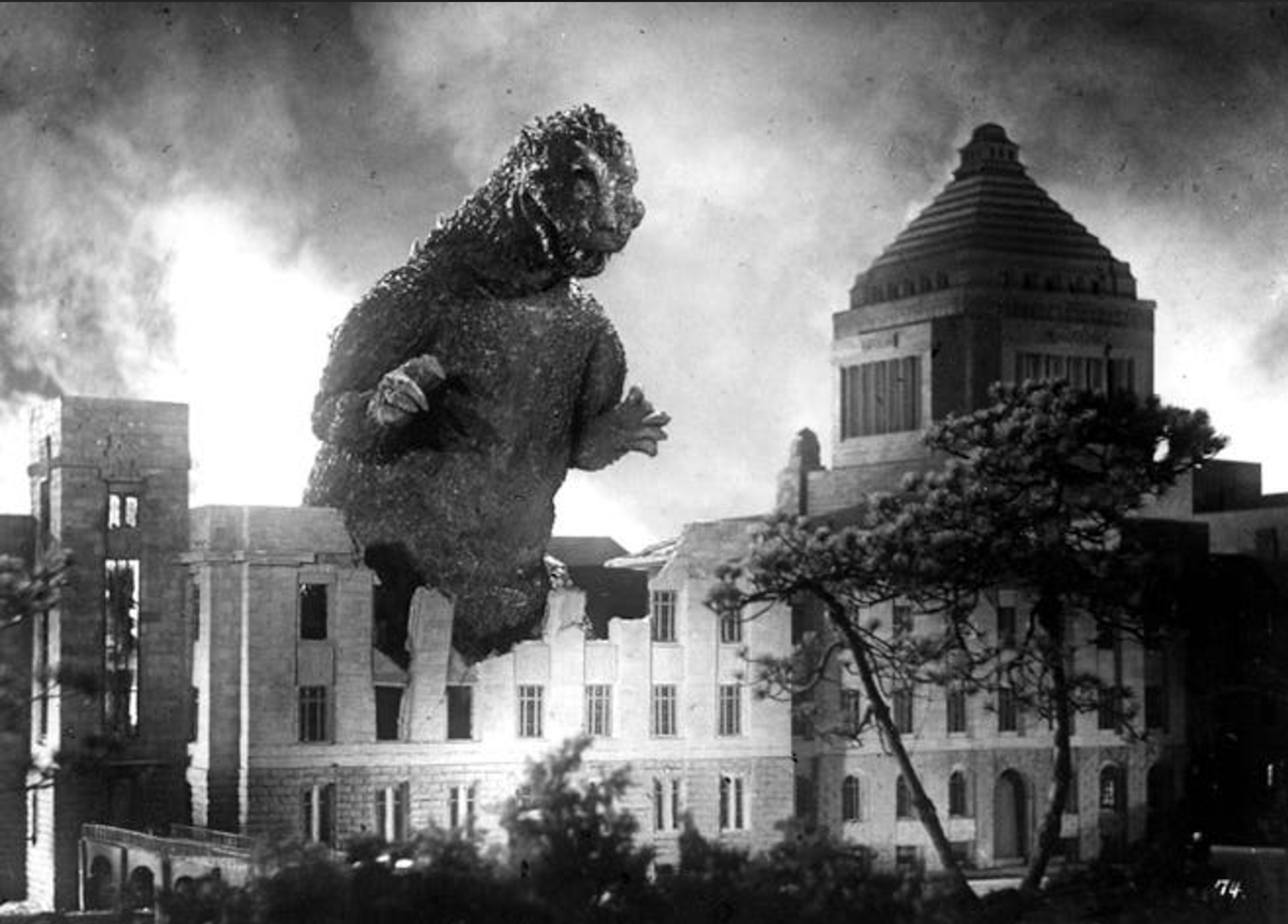
This research course will provide an overview of Japanese film history from the "pre-history" of film, to early film forms of the silent era, to the contributions of major directors from the golden era(s) of Japanese film (both the 30s and 50s have been described as such) before considering major directors, themes, and developments of the postwar years. We will consider the question of a "national cinema" as we analyze Japanese cinema in the context of Japanese history, a broader global context, and in the context of the historical development of films studies as a discipline. Finally, students will write a research paper on a topic of their choosing related to a specific aspect of Japanese film history.
HI 398A History, Memory, and Me
Tillman Nechtman | 1 credit
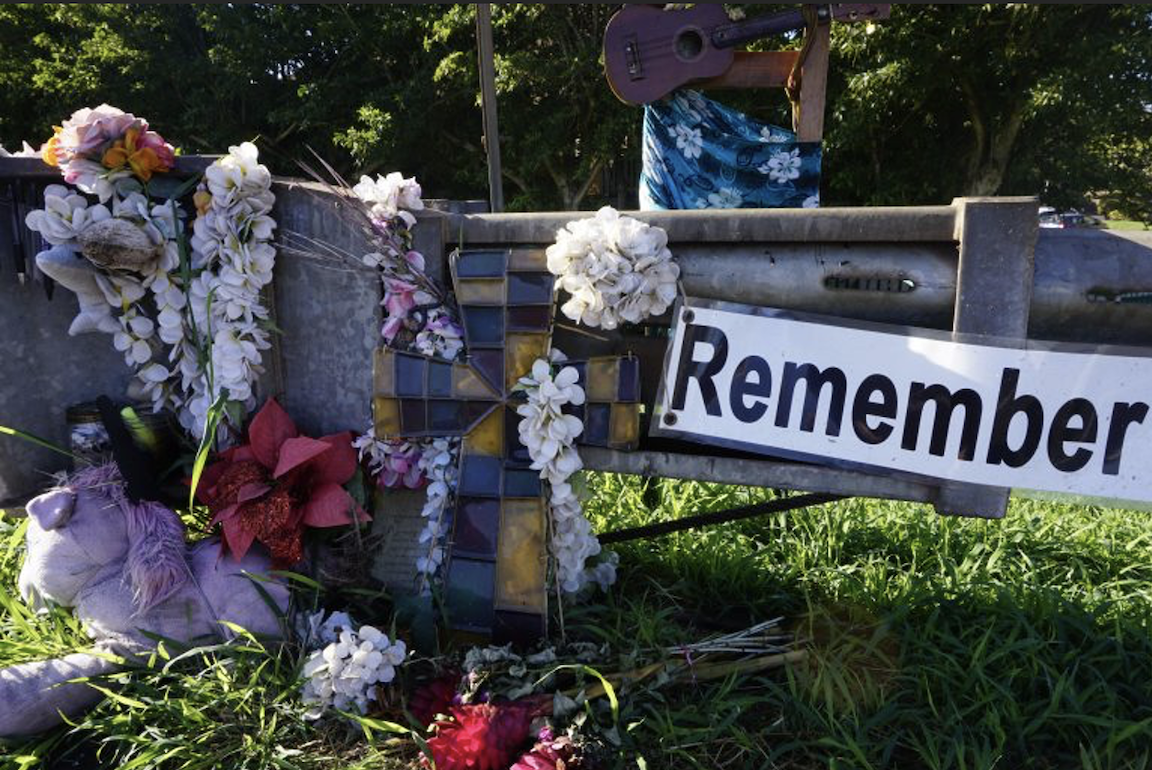
History can serve as a sort of time capasule for us, offering us a glimpse at moments in the past that remind of our own lived moment in the here and now.
This one-credit class inn part two of a four-part course over the Spring Semesters of 2020, 2021, 2022, and 2023.
Students can take any one of the seminars, several of them, or all of them. Each stands as its own class. Together, they will add up to a four-credit exploration of the themes of history, memory, and memorialization.
Born of the pandemic moment we have all experienced, the series of courses is designed to ask questions about how remembering the past changes the way we live in the present. In this, part four of the course, students will explore questions related to the history of war and trauma.